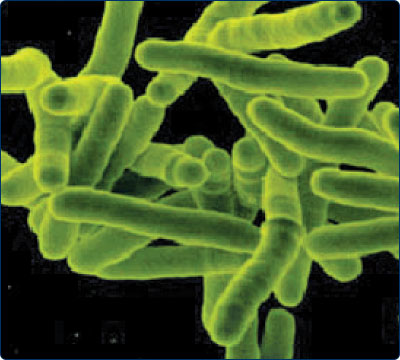A Difference Consumption Made
 Well aren't these handsome little critters? The problem of course, is if you should happen across them, you might just find your self with a case of pulmonary tuberculosis. Our friends in the nineteenth century called it consumption. And it was a killer. By some estimates, in the mid-nineteenth century, consumption accounted for as many as one in seven deaths in certain regions (such as New England) of the United States.
By the 1870s, medical researchers had determined (after a number of years of isolating reports geographically) that climate could greatly help - even cure - those with early stages of consumption. In addition to vigorous activity and proper nutrition, warmth, sunshine, and aridity were believed to reverse the course of the disease.
Well aren't these handsome little critters? The problem of course, is if you should happen across them, you might just find your self with a case of pulmonary tuberculosis. Our friends in the nineteenth century called it consumption. And it was a killer. By some estimates, in the mid-nineteenth century, consumption accounted for as many as one in seven deaths in certain regions (such as New England) of the United States.
By the 1870s, medical researchers had determined (after a number of years of isolating reports geographically) that climate could greatly help - even cure - those with early stages of consumption. In addition to vigorous activity and proper nutrition, warmth, sunshine, and aridity were believed to reverse the course of the disease.
And consumptives came to Southern California by the trainload. The disease - or rather, the hope of a cure - was thus one of the many motivating factors that brought the Civil War generation to the West in the 1870s and 80s. What is more important is that many, reclaiming their health, stayed and would help build the region politically, economically, and culturally. Individuals such as James M. Guinn and Thaddeus S. C. Lowe come immediately to mind.
We have the Southern California boosters to thank. During the period the contributed to a real boomtime mania; as one historian suggests - promoting faith in the omnipotence of a healthful climate. Local analysts observed the growth of the "invalid" newcomer community and exactly what they brought to the table.
[quote]Los Angeles, Santa Barbara, San Diego counties have been practically developed and made what they are by the Eastern people who came out here for their health. They may be a 'one-lunged crowd,' as the facetious Missourians and old-timers dub them, but they have shown an amount of business and enterprise which puts the Californian to shame.[/quote]
And so it turns out that a pretty nasty disease became something of a developmental factor when it comes to the culture of Southern California, and as we will likely see in upcoming posts, sufferers having found their cure who stayed on to make a life in the West contributed handily to the identity of the region.
With compliments, Keith
For an informative and well-written book on consumptives in Southern California by John E. Baur, with a new introduction by Robert G. Frank, Jr., see: The Health Seekers of Southern California 1870-1900.